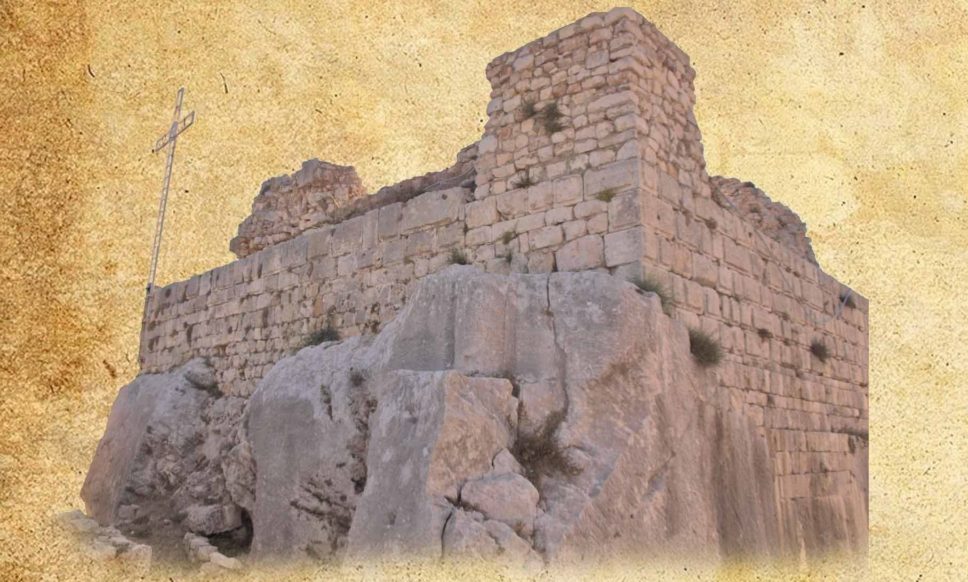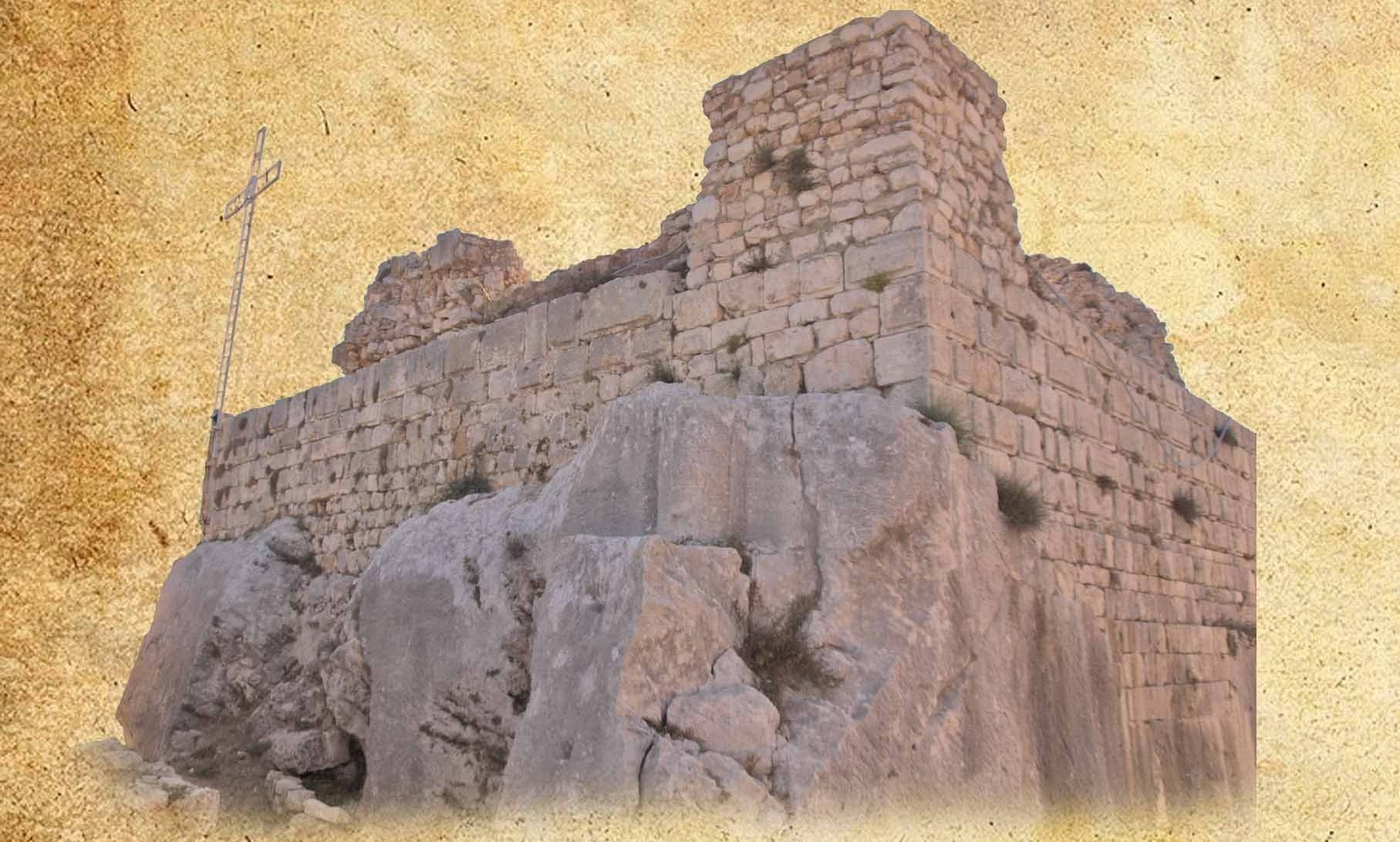Smar Jbeil
-
Project name:
Smar Jbeil Archaeological Project
-
Type of site:
Castle
Location:
Lebanon
Northern Lebanon, near the city of BatrounDating:
Middle Ages
History of research:
Dates of PCMA mission’s work:
2014–2015
Type of research:
Survey, topographical work
Directors:
Karol Juchniewicz
Co-operating institutions:
– Polish Centre of Mediterranean Archaeology, University of Warsaw
– Directorate General of Antiquities (DGA)
Description of the site and research:
The Smar Jbeil Archaeological Project is connected with prospective excavations in Smar Jbeil, a village not far from Batroun where a castle from the Crusader period is the object of investigation. The aim of the first stage of the project is to document the architecture of the castle and its surroundings, as well as of the village at the foot of the fortress.
Smar Jbeil lies about 55 km from Beirut. The Crusader castle, built in a picturesque location, belonged probably to the County of Tripoli, one of the states founded as a result of the First Crusade (1096–1099). It was likely the residence of a knight who had rendered some service to the ruler of the County and was rewarded with a fiefdom.
The castle has a very complicated system of channels, wells and cisterns. The stone troughs in the courtyard must have been intended for the horses of the knights or for the farm animals which were rounded up there in case of danger. Providing defense against an enemy attack was undoubtedly not the castle’s only function. Harvests and other goods gathered from the neighboring villages were presumably kept in its storehouses.
At the foot of the castle lie the buildings of the village. No traces of defense walls have been found, which suggests that the settlement was not enclosed. There are at least three churches, doubtlessly connected with the Crusader period. The largest of them is dedicated to Mar Nohra, a popular saint in Lebanon. It can be dated to the 13th century. Nearby is a small chapel devoted to the Most Holy Virgin, which according to the local tradition could have been built as early as the 6th century. The modern village of Smar Jbeil is full of historic buildings which might have been connected with the functioning of the castle. Certainly, both the fortress and the settlement were one organism.
Folder of the Smar Jbeil Archaeological Project (PDF)



